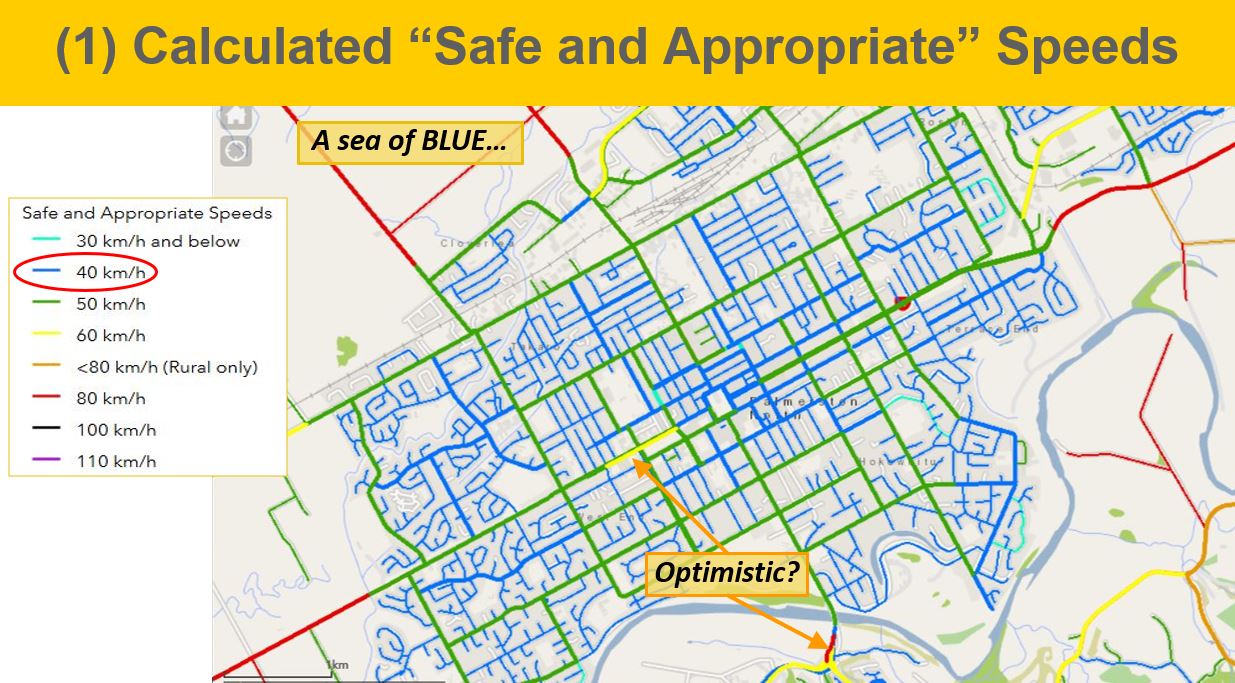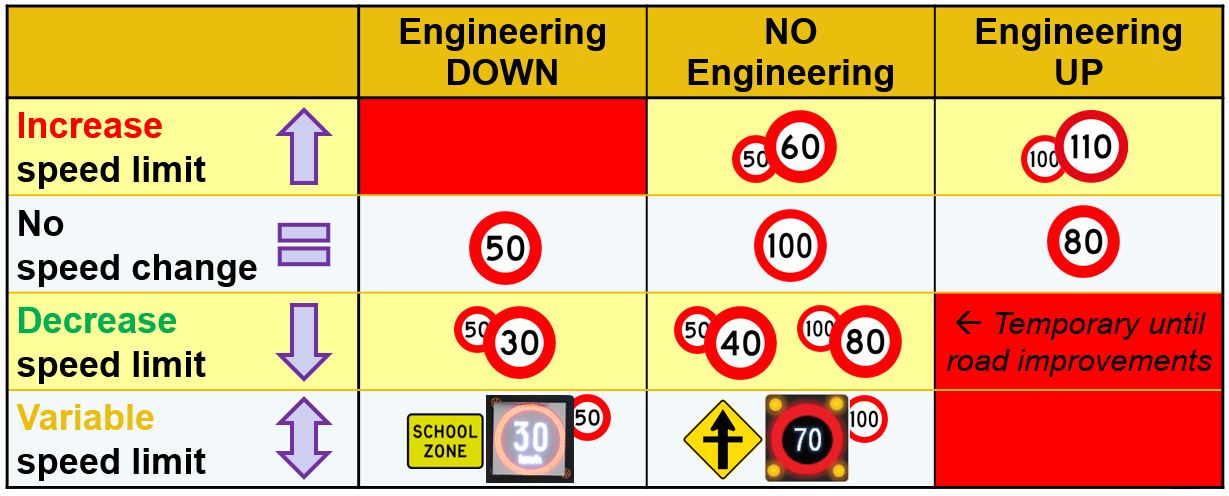Developing and implementing local speed management plans
Where presented / published:
Trafinz Conference, Wellington, 12-14 Nov 2018
The new Setting Speed Limits regime and 2017 Speed Management Guide allow each Road Controlling Authority to identify those sections of road that require lower or higher posted speed limits or variable speeds that adjust to the conditions. These proposals could be without any road environment changes or require “engineering up or down” to support existing or proposed limits. For a large-scale road network, the prospect of establishing a speed management plan to determine all these measures can be quite daunting for an RCA.
Glen Koorey gave a presentation to the 2018 Trafinz Conference that provided some advice on how to develop a speed management plan for your district. It outlined a step-by-step approach and highlighted some of the potential pitfalls along the way. The discussion included:
- Combining the existing data provided by NZTA (taking into account safety and existing road function/form) with other factors that influence the decision to adjust speed limits, including improvement in amenity for adjacent residents/businesses, encouraging more walking and cycling, and alignment with local area strategies/plans.
- Some relatively low-cost physical measures to influence travel speeds, including the effect of changing the posted speed limit on its own.
- Information needed to gain acceptance from the wider community for the need to change any speed limits, including safety and speed data, council/community desires for each area and background information/research addressing other likely concerns or objections that may be raised about changing speed limits.
- How to address the “low hanging fruit” first, such as, shopping streets, residential areas, busy school zones, and unsealed/winding/narrow rural roads.
You can view Glen's presentation here.





